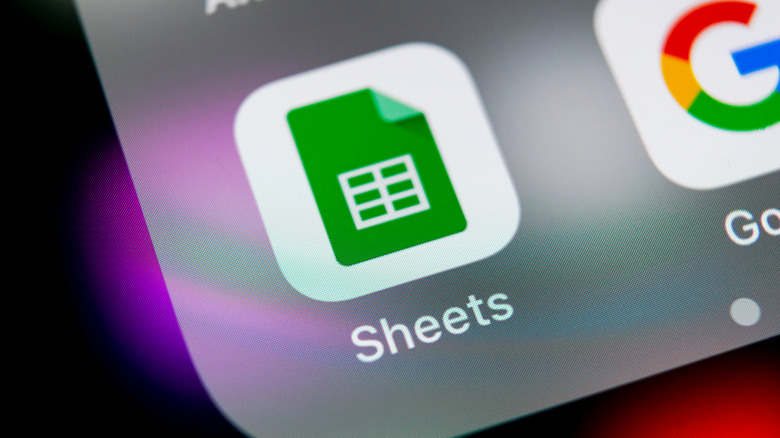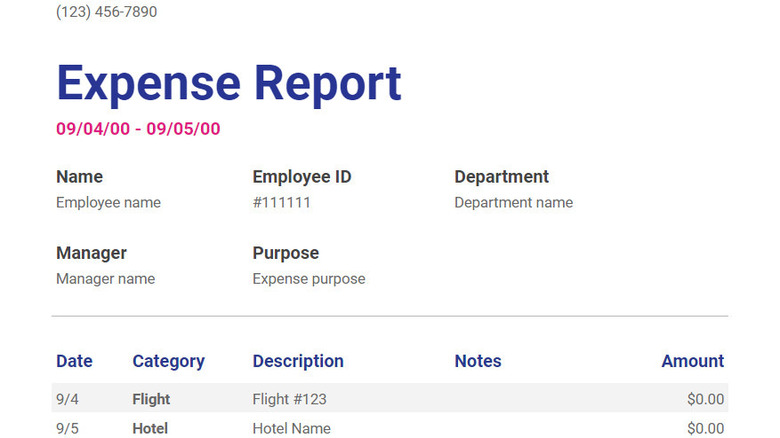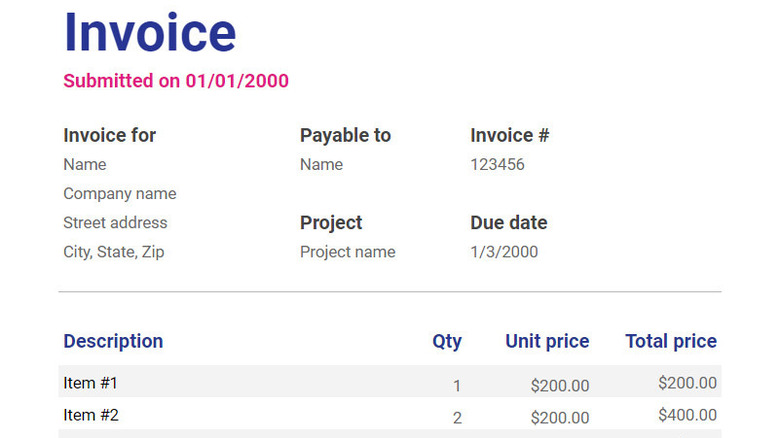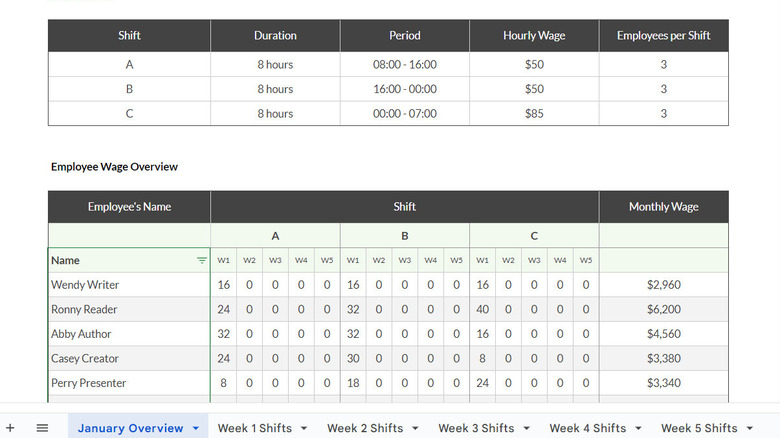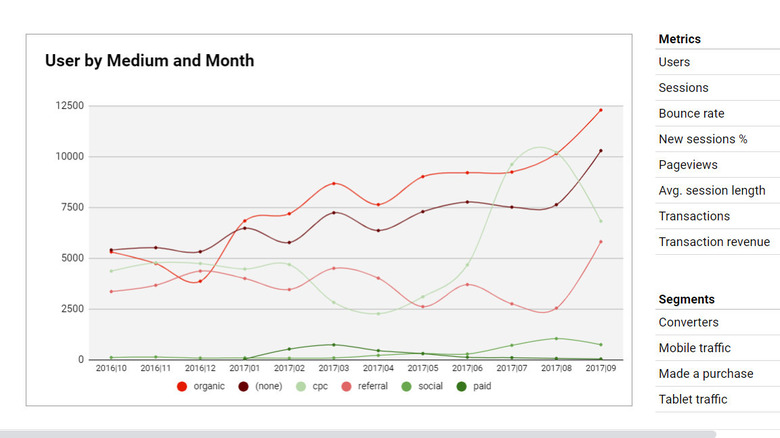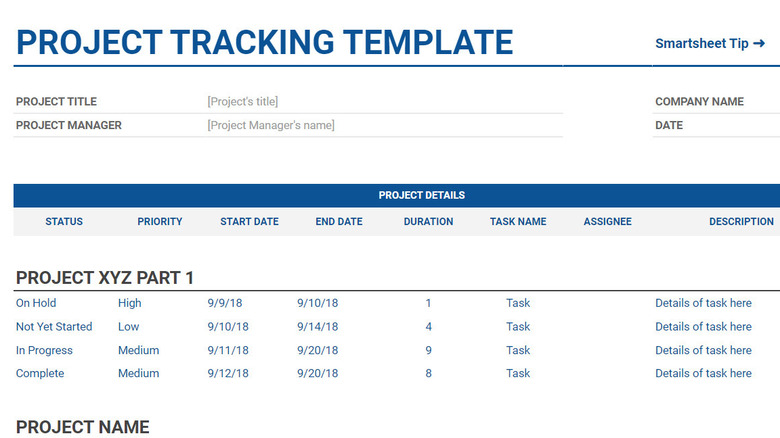5 Helpful Google Sheets Templates For Your Small Business
As a small business owner, you're juggling myriad tasks daily, from meetings to budgeting, and everything in between. This not only becomes exhausting but also eats into your precious time, inevitably affecting your overall productivity.
While there are various task management apps available, not all of them come free,
and if you're not ready to allocate a significant budget for those tools, there is a cost-effective alternative – Google Sheets.
It provides access to a range of pre-designed templates that cater specifically to small businesses. Think of them as virtual assistants, ready to lend a helping hand in organizing and streamlining your business processes. Below, we share five helpful Google Sheets templates that are perfect for small businesses.
It's worth noting that the templates we'll explore are sourced from Google Sheets' template gallery, accessible to both free and paid users. However, if you're interested in uploading custom templates beyond the gallery offerings, you'll need access to Google Workspace.
Expense report
An expense tracker can serve as a crucial tool for small businesses by providing a comprehensive overview of all the financial transactions. It can help you closely monitor cash flow, identify spending patterns, and allocate resources more efficiently.
This expense report template has a basic, straightforward interface that allows you to enter the date, description, category, and amount of each expense item, as well as the total amount of advances or reimbursements received. It automatically calculates the total amount of expenses and the balance due or owed for each category and for the whole report. You can customize it as per your specific requirements.
To use the template, look for it in the Work section of the Google Sheet template gallery and click on it.
This template is a great way to maintain financial transparency and accountability. When tax season arrives, you can easily retrieve documented expenses, ensuring compliance with tax regulations and potentially maximizing deductions. It acts as a preventive measure against overspending, helping you stay within your budgetary constraints.
Invoice
Regardless of your business size, using a professional invoice template or an invoice tool is important. It shapes how your business is perceived, establishes a consistent and recognizable brand identity, builds trust with clients through transparency, and saves you time by streamlining the invoicing process. You can use these invoices to maintain organized financial records for tracking income, monitoring cash flow, and simplifying accounting tasks.
The free invoice template offered by Google Sheets acts just like any professional billing tool. It allows you to enter your company name, address, and contact information, as well as your client's name, project, and address. You can list the items or services you provided, along with the quantity, unit price, and amount. It also calculates the subtotal and the total amount for you, with any adjustments that you want to make.
To use the invoice template, head over to the Work section in the template gallery of Google Sheets and click on the template. In case you are working on hourly projects as well, you can consider using the Time Sheet template (also available in the template gallery of Sheets) with the invoice template for convenience.
Employee shift schedule
If you have a team to help you out, it is essential to have a framework in place to organize and plan your employees' work shifts effectively. It minimizes scheduling conflicts, reduces the risk of understaffing or overstaffing, and guarantees that essential tasks are adequately covered at all times. This, in turn, enhances overall productivity and customer service by aligning your workforce with peak demand periods.
The employee shift schedule template in Google Sheets allows you to enter the names, roles, and hourly rates of your employees, as well as the start and end dates of the scheduled period. It automatically generates a weekly schedule for each employee, based on their assigned shifts and hours. You can also adjust the shifts and hours manually if needed.
It will show you a summary table and a bar chart that shows the distribution of hours by role and by day, as well as calculate the total hours and wages for each employee and for the whole team. You can find it in the Work section of the template gallery.
Website traffic dashboard
Businesses, both small and large use the internet to establish and grow their businesses online. If your business has a website, you should have a tool that allows you to gauge the effectiveness of your online presence by tracking key metrics like page views, unique visitors, and conversion rates. These real-time insights can help you identify trends, assess the impact of marketing efforts, and refine strategies accordingly.
The Website traffic dashboard is a great tool for anyone who may not have the resources for extensive data analysis. It connects directly to your marketing channels and pulls the data from your selected view and date range. You can see the key metrics of your website traffic, such as sessions, users, pageviews, bounce rate, average session duration, and goal conversions.
It also breaks your traffic by channel, device, country, and landing page, as well as the top keywords and referrals that drive your traffic. You can view the changes within all the metrics each month in numerical as well as graph form. This template is available to use in the Work section of the template gallery.
Project tracking
No one likes the chaos that often accompanies managing projects in a small business. That's where a project tracking template can come to the rescue. It provides you with a bird's-eye view of your project's tasks, timelines, and milestones. You can also have more organizational clarity by outlining project objectives, assigning responsibilities, and establishing clear deadlines, ensuring that everyone on your team is aligned and working towards common goals.
The project tracking template in Google Sheets allows you to enter the project name, description, start date, end date, priority level, and status, as well as the details of the deliverables for your projects. You can create a list of tasks for each project phase and it will automatically calculate the percentage of completion and the days remaining for each task and for the whole project. For an even more streamlined workflow, consider using project management templates with any one of the best productivity apps available online. This combination will ensure you stay on top of your game and maintain efficiency throughout the project lifecycle.
You can find this template in the Project Management section of the Google Sheets template gallery.
